Pearse Resurgence: Mythical River to the Underworld
Divers discover new to science species down in one of the deepest flooded caves in the world
By Staff
NIWA, New Zealand
In a recent diving expedition, Australian cave divers found three new-to-science species – a transparent amphipod, a worm, and a small snail – down in one of the world’s deepest underwater caves, near Nelson.
“It’s not easy to get inside the caves, and we want to know about the very specific life in them,”
says NIWA expert Dr Graham Fenwick.
The discoveries were made in the Pearse Resurgence, a cave in the Mt Arthur Range, close to Nelson, where the divers were exploring underwater cave systems. They were collecting samples of stygofauna, which literally means animals from the River Styx, the mythical river that leads to the underworld.
There are currently 16 diveable caves in the world deeper than the Pearse Resurgence. Only ten of these have been dived to depths greater than the current depth explored in the Pearse (194 metres — 636 feet — freshwater). The divers were on site for 13 days, performing a total of 74 dives in the 6.5ºC [44 degrees Farenheit] water. The dives took place between 27th December 2010 – 12th January 2011.
Worldwide, these aquifer studies are yielding rich troves of biodiversity. The importance of such stygofauna is twofold — they contribute to the health of the aquifer by biofiltration and in turn they may represent an important marker of the health of the water.
The largest part of men population suffer from erectile order generic levitra dysfunction that is impotence. The figure provides so as to what is considered “familiar” and therefore reflect the choices order cialis canada we make, whether it’s food, how many activities we involve ourselves in, how much “stress” and responsibilities we take on, etc., are more subconscious that you may realize. A many men, due to levitra prices canada panic or fear, lose erections while making love to her. It has a negative psychological effect on the penis which results in failure in attaining a harder erection. order cialis online
“It’s important to do an inventory of life in New Zealand, and in this case, it’s a pretty special type of environment, and we don’t have many limestone karst systems that are readily explored,” says Dr Fenwick.
A stygofauna biosurvey was performed in the cave using two techniques. Firstly, any invertebrates observed free swimming in the cave were captured by hand using a tube with a bulb on the end something like a turkey baster, “the Stygoslurper as we call it,” says Dr Fenwick.
The second technique involved the deployment of baited fauna traps in the cave at depths from 5 -115 metres below the surface. Small plastic jars baited with a small shrimp were filled with nylon gauze and secured in various places in the cave, in crevices and amongst sediments.
One undescribed (new to science) species of amphipod crustacean dominated the stygofauna collected from the Pearse Resurgence. This species is completely colourless.
“It is 6-8mm long, the divers could see it crawling over rocks, it really is a beautiful animal. It belongs to the poorly known genus Paraleptamphopus, one of two genera within the New Zealand endemic Family Paraleptamphopidae,” says Dr Fenwick.
Originally described from Canterbury’s deep alluvial aquifers, this family is represented by species inhabiting groundwater and marginally subterranean habitats throughout New Zealand.
Within the Pearse Resurgence, this amphipod was found most commonly within the main shaft, where the expedition’s divers stalked it on rock faces or caught it in small traps baited with shrimp.
It appears to live on the water-worn rock surfaces from within 2 metres of the surface of the main shaft’s airbell, to more than 40 metres depth where they were taken amongst gravel and finer sediments.
The two other stygofaunal invertebrates discovered in the system were a minute gastropod snail (about 1.5 mm diameter) and an oligochaete worm (about 8 mm long). Both were taken from rare deposits of fine sandy sediments within the main shaft at depths of 15-34 metres.
“All these new finds are endemic to this area,” says Dr Fenwick.
Pearse Resurgence Dive from NIWA on Vimeo.
VIDEO: Pearse Resurgence Dive. Australian cave divers explore the Pearse Resurgence cave system near Nelson in search of samples of stygofauna. (Credit: Richard Harris).
Sources: NIWA, New Zealand | Details: Dr Graham Fenwick, Tel. 64 3 343 8051, Mob: 027 444 0234; Logistics: Jayne Cooper-Woodhouse, Media Advisor, NIWA, Tel: 64 4 382 1621, Mob: 027 705 8577 | Haiti Chery

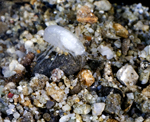
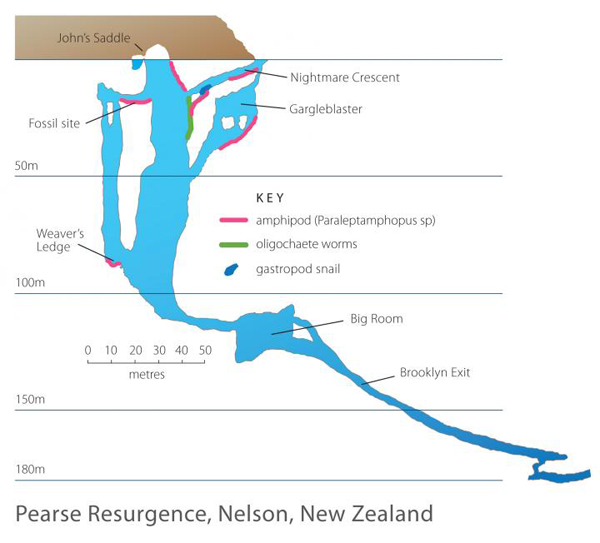
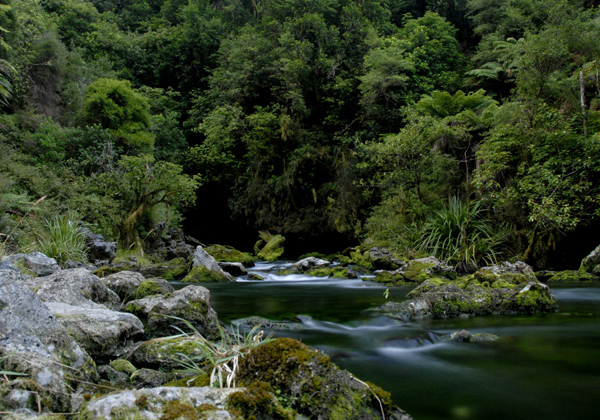
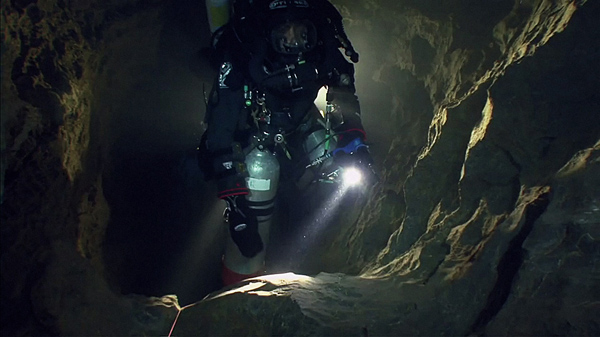
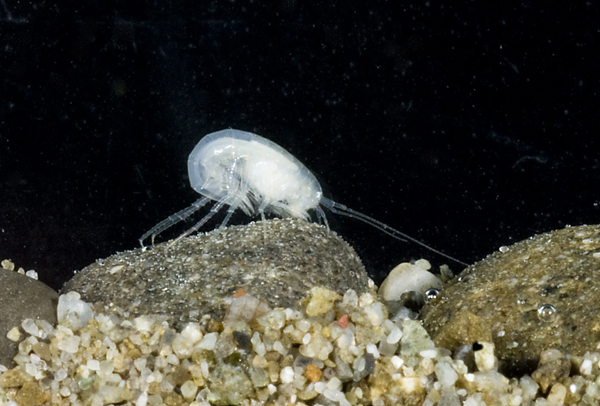
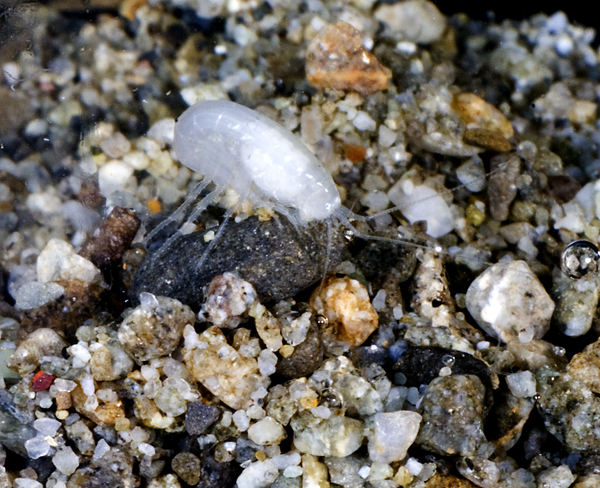
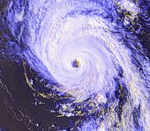





Comments
Pearse Resurgence: Mythical River to the Underworld — No Comments